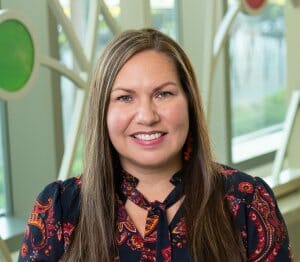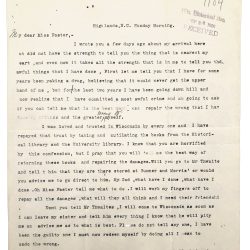Where the Land Came From
A new educational initiative shows how Indigenous territory became UW–Madison.
In the 1860s, the University of Wisconsin was granted more than 230,000 acres of land to make pursuing an education attainable for the state’s working class. This was the mission of land-grant universities, as dictated by the 1862 Morrill Act. While land-grant universities produce important scholarship and research that give back to their states, they can do so because of the wealth and real estate gained from the dispossession of Indigenous peoples.
In total, 1,337,895 acres of land across Wisconsin were taken through treaties with the Menominee, Ojibwe, Dakota, and Ho-Chunk and redistributed through the Morrill Act. Yet many students coming to UW–Madison don’t know that part of the story.
Thanks to funding from the National Endowment for the Humanities, a group of UW–Madison faculty, staff, and graduate students will be able to help teach this history by creating educational modules about the expropriation of Indigenous lands.
“There is a huge disconnect if you don’t know American Indian history, you don’t know the tribal nations of the state, and you don’t know how treaties worked,” says Kasey Keeler ’05, an assistant professor of civil society and community studies and American Indian studies. “But when you can kind of connect the dots, I think it’s really powerful.”
Keeler is part of a cross-departmental team that is creating and integrating these educational modules into courses across campus. They hope the curriculum will inspire other land-grant universities to create similar programs for their own campuses.
Published in the Fall 2023 issue




Comments
Ona August 30, 2024
Land Back to tribes is a fallacy because BIA still retains”trust”status of lands
. Land back efforts should
Fully return lands to sovereign nations
.